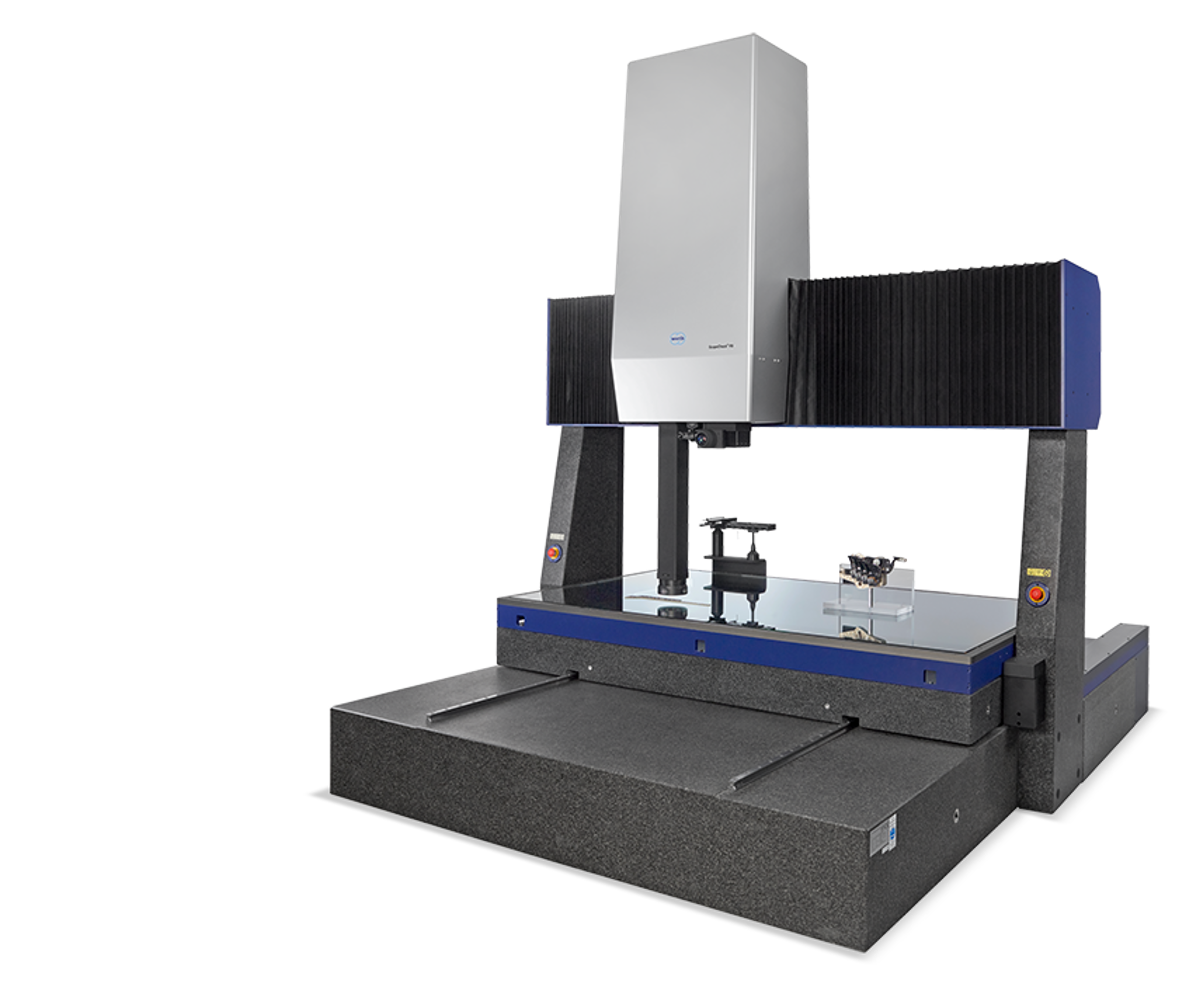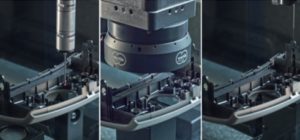A Coordinate Measurement Machine (CMM) is a system used for dimensional measurement of physical workpieces.
Often used within manufacturing process as a tool for quality control, these systems capture geometrical features of a measurand to inform of conformity to specification. These machines can range from single to multi-axis with multiple designs allowing for varying measurement volumes.
CMM’s were introduced with the 1960’s to replace so called manual inspection using the likes of vernier callipers, and was the first step towards automated measurement significantly reducing human influence with regards to measurement variation.
Fast forward 60 years and CMM’s are in their golden age, with Werth offering 17 different sensors for a CMM to utilise in order to capture various types of geometry. What’s more is the fact these sensors can be used in combination with each other all within the same software and co-ordinate system.
For example, surface measurements could be taken using optics whilst the measurement of deep holes can be facilitated by tactile probes. This flexibility is what makes the CMM a versatile and pivotal tool in modern inspection. The ability to seemingly measure any and all geometry of a physical object makes the CMM a widely utilised and highly sought after tool within the manufacturing sector.

